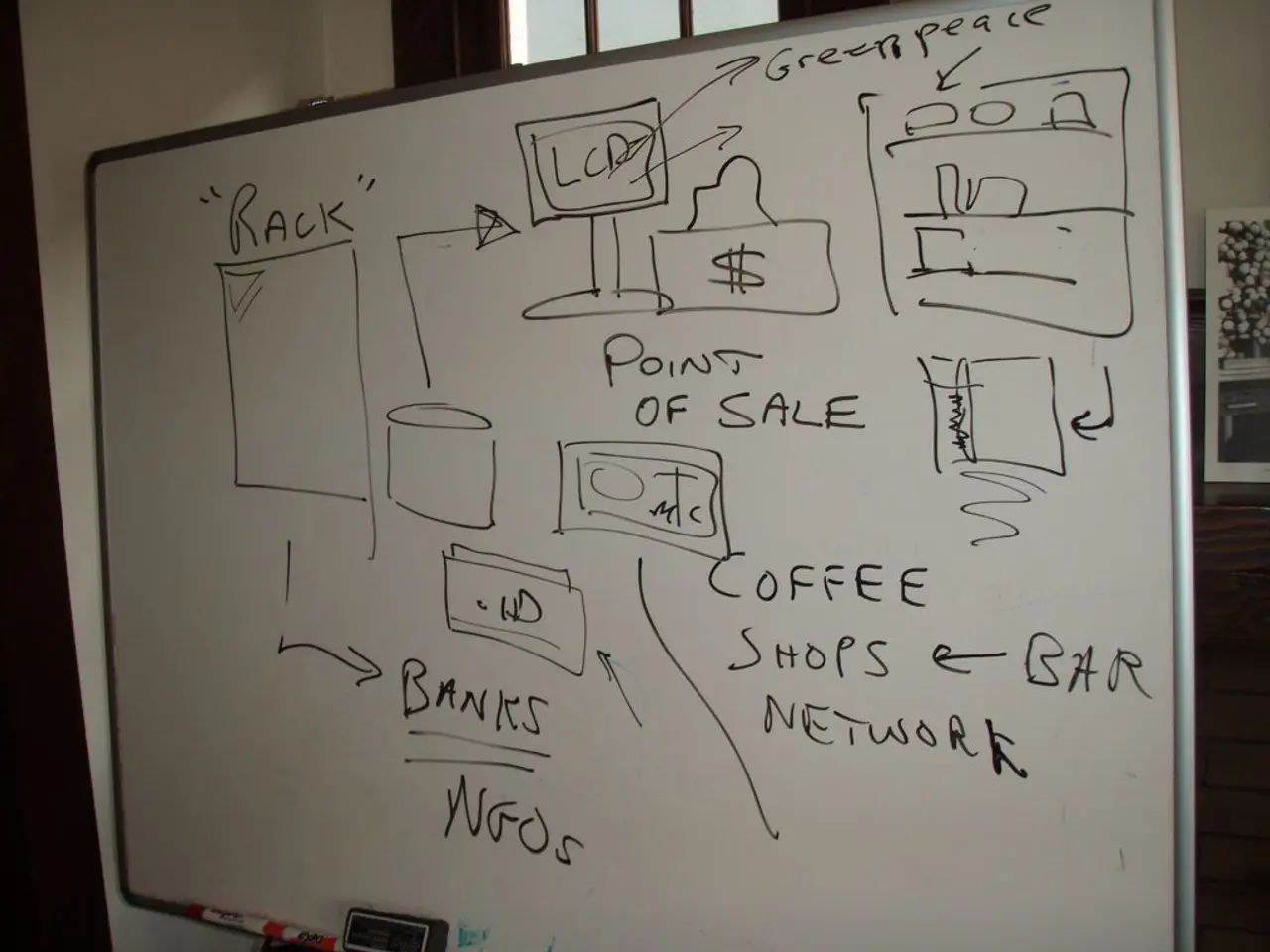New Stab-QRAM Overcomes Quantum Memory Challenges
Researchers have developed a new quantum random-access memory (QRAM), dubbed Stab-QRAM, which overcomes challenges in QRAM implementation and offers potential for complex quantum algorithms.
Stab-QRAM's design allows it to work on various quantum platforms, including trapped ions, Rydberg atom arrays, photonics, and superconducting qubits. The team proved that a universal QRAM cannot be built using only Clifford gates, leading to the creation of Stab-QRAM, which operates entirely with these gates.
Stab-QRAM is designed for data with an affine Boolean structure and operates with optimal efficiency, matching its storage capacity with data access speed. It delivers a resource-efficient oracle for discrete dynamical systems and serves as a core component for quantum linear systems algorithms. The research, published by Lingzi Zeng at the University of Science and Technology of China, details advancements in QRAM and related quantum computing technologies, focusing on practical QRAM for near-term devices.
Stab-QRAM's potential applications include optimization problems, analyzing complex systems, and quantum linear systems algorithms. By overcoming the limitations of previous QRAM designs, Stab-QRAM brings us closer to harnessing the full power of quantum computing.








